As with any major city, travelers often wonder about their safety before visiting the Spanish capital. So, is Madrid dangerous? While no city is free from crime, understanding the security landscape can dramatically enhance your experience in this beautiful city. This article will delve into the various aspects of staying safe in Madrid, avoiding common threats, and learning about local emergency resources.
Is Madrid a Dangerous City?
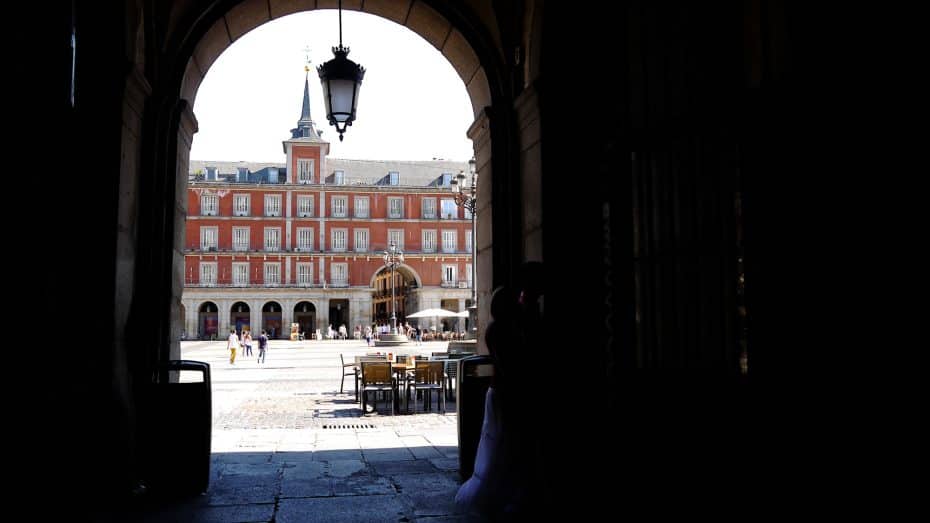
The short answer is a resounding no. Madrid is a safe city to visit, especially considering its size and status as one of Europe’s most visited tourist destinations. According to this chart by Numbeo, Madrid is much safer than other European destinations, including Barcelona, Paris, Rome, and even Luxembourg!
According to the latest data from Eurostat and other sources, in 2023, 248,503 criminal offenses were recorded in the city. Here are some specific statistics:
- Homicides: There were 23 homicides recorded in Madrid in 2023, a decrease of 11.54% compared to the previous year.
- Robberies: Robberies with violence and intimidation slightly decreased by 0.38%, with a total of 8,883 cases.
Is Madrid Dangerous Compared to Other Destinations?
| Madrid | Paris | London | New York | |
| Crime Index | 27.25 | 57.94 | 53.24 | 50.61 |
| Safety Scale | 72.75 | 42.06 | 46.76 | 49.39 |
| Level of Crime | Low | High | Moderate | Moderate |
| Safety (Daylight) | Very High | High | High | High |
| Safety (Nighttime) | High | Low | Moderate | Moderate |
These statistics show that Madrid has the lowest crime index and highest safety scale, making it generally safer compared to the other cities.
Common Crime Types Against Tourists in Madrid
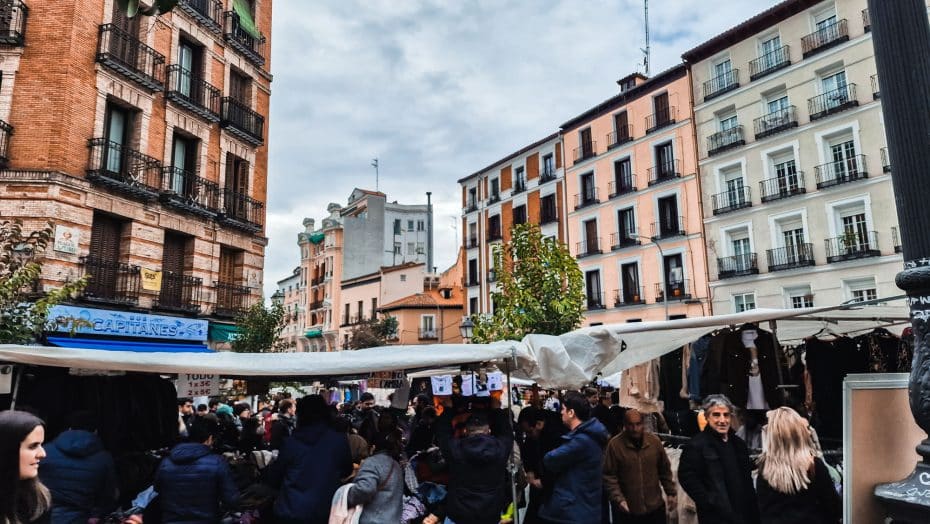
Statistics alone are not enough when visiting any major city, as most of them group together different types of felonies that usually don’t affect tourists. In Madrid, petty theft and scams represent the most common offenses.
According to 2023 data from the Spanish Ministry of the Interior, pickpocketing incidents against tourists have seen a slight increase of 5% compared to the previous year. Most crimes occur in crowded areas such as Puerta del Sol, Gran Vía, and on the Metro system.
Furthermore, common scams include fake petitions for donations, distraction tactics at ATMs, and unauthorized street vendors selling counterfeit goods.
Most Dangerous Neighborhoods in Madrid for Tourists
Madrid, like any major city, has safer and less safe areas. According to 2023 data from the Spanish Ministry of the Interior and local police reports, here are some of the most dangerous neighborhoods for tourists:
- Lavapiés: Lavapiés, a neighborhood in Madrid, has been facing some challenges related to crime, particularly involving drug trafficking and consumption. Despite this, Lavapiés remains a lively area, and many residents feel safe and are actively working to improve the neighborhood.
- Usera: Another neighborhood to be cautious of is Usera. In 2023, the Madrid Police Department reported 595 cases of theft and 380 instances of violent crimes.
- Tetuán: Lastly, Tetuán has been identified as a high-risk area for tourists due to its higher crime rates compared to other neighborhoods in Madrid. In 2023, Tetuán reported 666 cases of theft and 498 incidents involving violent crimes.
Safest Neighborhoods in Madrid for Tourists
According to 2023 data from the Spanish Ministry of the Interior and local police reports, some of the safest neighborhoods in Madrid that are particularly recommended for tourists include:
- Salamanca: Known for its upscale atmosphere, Salamanca is one of the most affluent areas in Madrid and has a low crime rate. The local police have reported only 12 incidents per 1,000 residents in the first half of 2023, making it one of the safest places in Madrid. The neighborhood also boasts numerous high-end shops and gourmet restaurants.
- Chamberí: A quieter residential area that still offers plenty to see and do, Chamberí has a crime rate of approximately 14 incidents per 1,000 residents, as reported by local authorities in 2023.
- Retiro: Adjacent to the famous Retiro Park, this neighborhood combines natural beauty with cultural sites. Its relative tranquility has led to a crime rate of just 11 incidents per 1,000 residents so far in 2023. Local data indicates that tourists often feel safe here due to its well-maintained public spaces and frequent police patrols.
Is Distrito Centro Safe for Tourists?
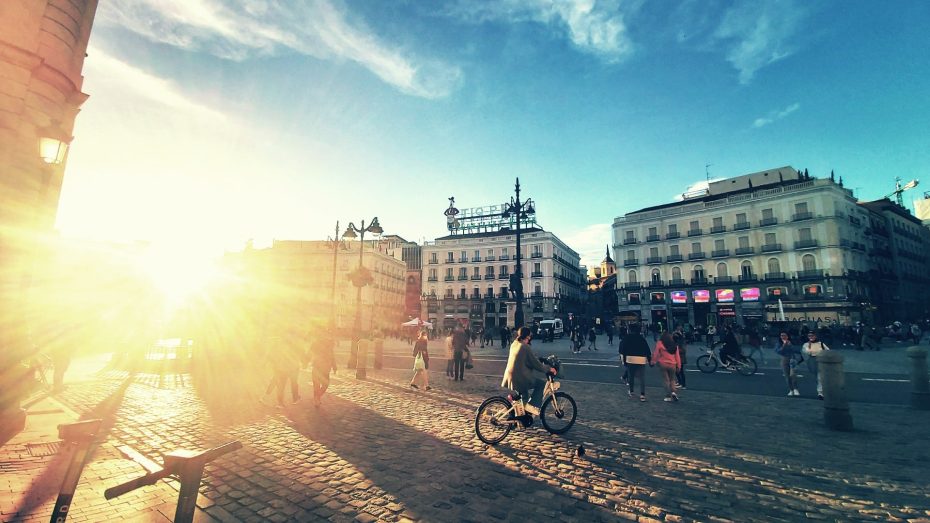
Distrito Centro, one of the most popular districts for tourists in Madrid, offers a mix of bustling neighborhoods with varying levels of safety.
The neighborhood of Sol, known for Puerta del Sol and vibrant nightlife, remains busy and relatively safe for tourists during the day. However, due to heavy foot traffic, local police have reported pickpocketing incidents. The area sees an average of 300 reported petty theft cases per month.
Lavapiés, known for its multicultural vibe and thriving arts scene, offers a more edgy experience. While daytime exploration is generally safe and delightful, with many cafes and galleries to discover, exercising more caution at night is recommended.
Malasaña is another popular neighborhood in Distrito Centro. Famous for its bohemian lifestyle and lively bars, it attracts a young crowd. Police reports indicate that Malasaña has maintained a stable safety record in 2023 concerning serious crime rates; however, like other busy nightlife districts, there’s an uptick in pickpocketing cases during peak hours.
Chueca, Madrid’s LGBTQ+ neighborhood, blends safety and vibrancy. It’s noted as one of the safer neighborhoods due to active community policing and neighborly vigilance. Recent data indicates a lower crime rate than adjacent neighborhoods, with only about 250 minor incidents reported in 2023.
Is Madrid Safe for Women Traveling Alone?
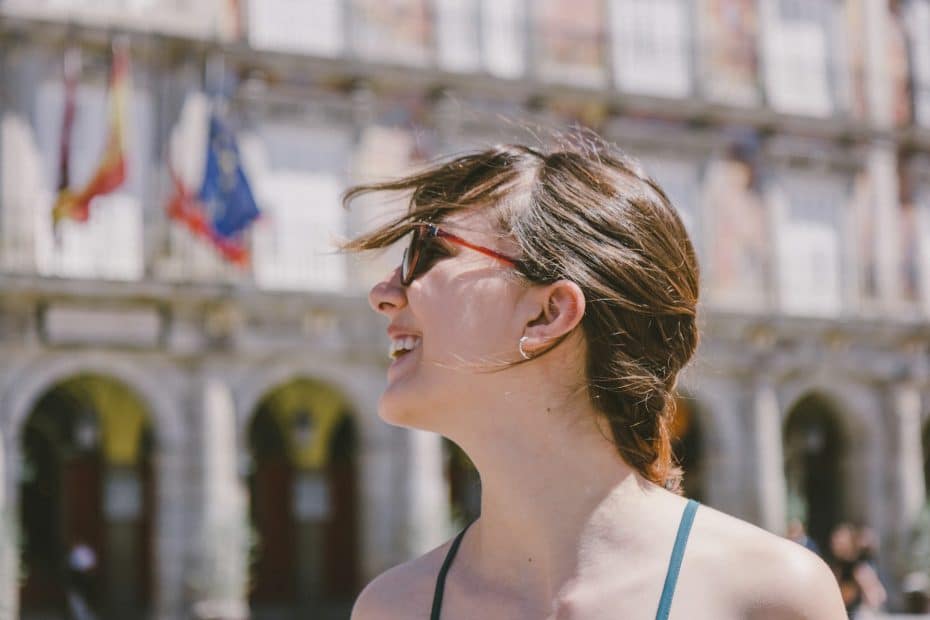
Yes, Madrid is considered safe for women traveling alone. The city’s increased police presence and overall welcoming atmosphere contribute to this. According to the 2024 “Most Dangerous Countries for Women 2024” by World Population Review, Spain is the 10th safest country for solo female travelers. Women should nonetheless take standard precautions.
Is Madrid Dangerous for LGBTQ+ Travelers?
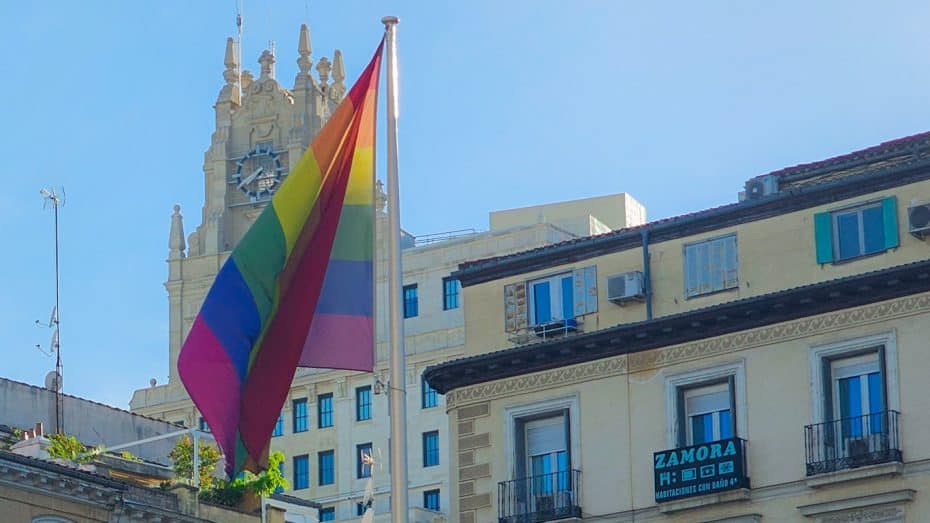
Madrid has garnered a reputation as one of Europe’s most LGBTQ-friendly cities. Spain overall has been a leader in advancing LGBTQ+ rights, with same-sex marriage being legal since 2005 and strong anti-discrimination laws in place.
Safety Statistics and General Sentiment
According to the 2024 Rainbow Europe index by ILGA-Europe, Spain ranks highly among European nations regarding LGBTQ+ rights and inclusion. Also, every July, Madrid hosts Orgullo, one of the largest Gay Pride celebrations in the world.
LGBTQ+ Friendly Neighborhoods
- Chueca: The Chueca neighborhood is the heart of Madrid’s LGBTQ+ scene. Here, you will find numerous gay bars, clubs, and inclusive restaurants. It’s widely considered one of the safest places for LGBTQ+ travelers.
- Malasaña: Known for its upbeat atmosphere, Malasaña is another area where diversity is celebrated and acceptance is high.
Public Attitude
Most Madrileños are known to be open-minded and accepting. According to a Eurobarometer survey conducted by the European Commission in 2019, 91% of Spaniards believe that homosexuals should have the same rights as heterosexuals – one of the highest rates in Europe.
Hate Crimes Against the LGBTQ+ Community
Hate crimes against the LGBTQ+ community in Madrid and across Spain have been a significant concern. In recent years, there has been a noticeable rise in hate crimes against LGBTQ+ individuals in Spain. According to the Spanish government, 19.8% of hate crime complaints are motivated by victims’ sexual orientation or gender identity.
Research indicates a correlation between the spread of hate speech on social media and the increase in hate crimes against the LGBTQ+ community.
The rise in anti-LGBTQ+ violence is not limited to Spain. Across Europe, violence against LGBTQ+ individuals reached its highest point in the past decade in 2022, driven by hate speech from various societal leaders.
Safety Tips for a Carefree Visit to Madrid
- Stay Alert in Crowded Areas: Be vigilant in busy areas like Puerta del Sol, Gran Via, and on public transportation where pickpockets can operate.
- Secure Your Belongings: Use anti-theft backpacks or bags that can be worn across your body. Always monitor your belongings and avoid carrying large amounts of cash.
- Beware of Scams: Common scams include people pretending to offer help or asking for donations. Politely decline such offers and move away.
- Avoid Dark and Isolated Areas at Night: Stick to well-lit streets and avoid wandering into dark alleys or isolated areas after dark.
- Know Emergency Numbers: Save local emergency numbers in your phone (112 is the general emergency number in Spain).
- Use Reputable Transportation: Use licensed taxis or ride-sharing apps rather than hailing cabs off the street. Ensure that the driver matches the app profile.
- Stay Informed About Local Laws: Familiarize yourself with local laws and customs to avoid unintentionally breaking any rules.
- Respect Personal Space in Public Places: Spaniards appreciate personal space; try not to get too close when speaking to strangers.
- Learn Basic Spanish Phrases: Knowing a few basic phrases can go a long way if you need help or find yourself in an emergency situation.
Emergency Contacts and Resources in Madrid
For emergencies in Madrid, you can contact the following resources:
- Emergencies: 112
- National Police: 091
- Madrid Municipal Police: 092
- Tourist Assistance: +34 902 102 112
Main Police Station:
Comisaría de Policía Nacional de Centro
Phone number: +34 915 487 985
Address: Calle Leganitos, 19, 28013 Madrid, Spain


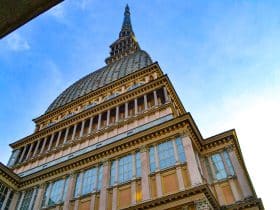

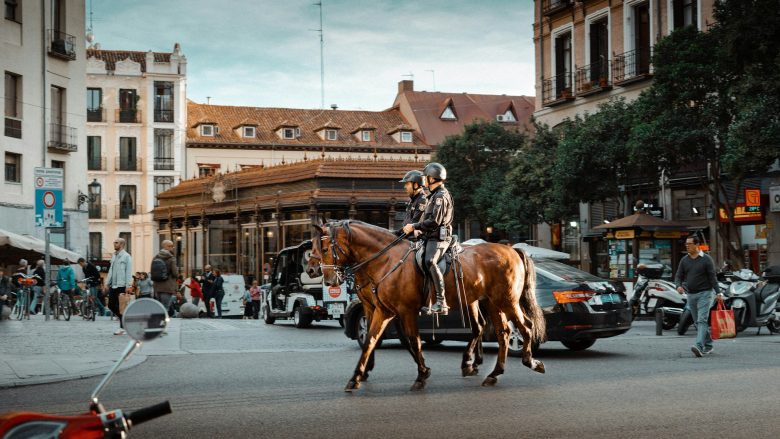
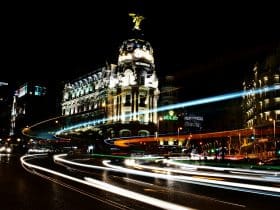
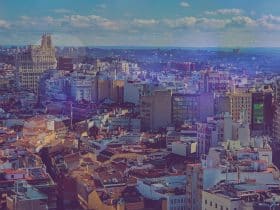
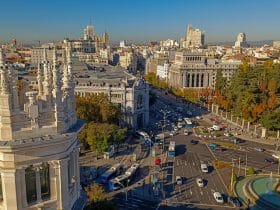


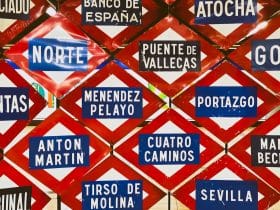











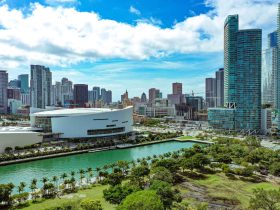

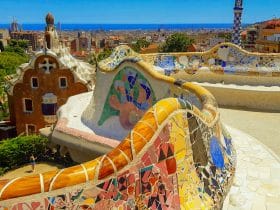
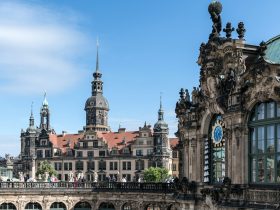
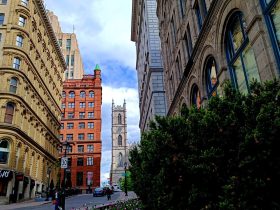
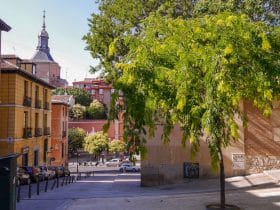
Leave a Reply
View Comments